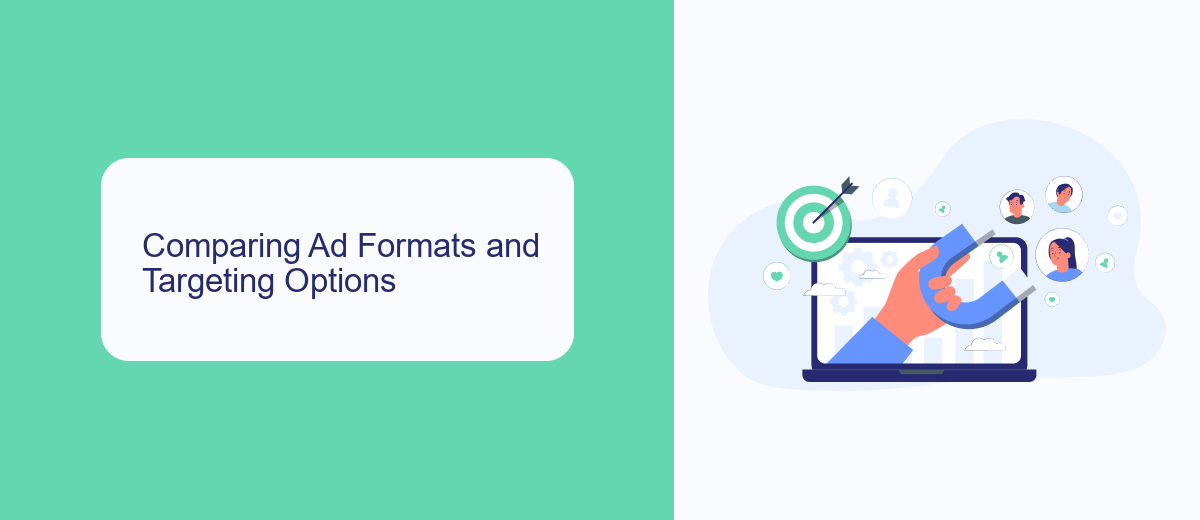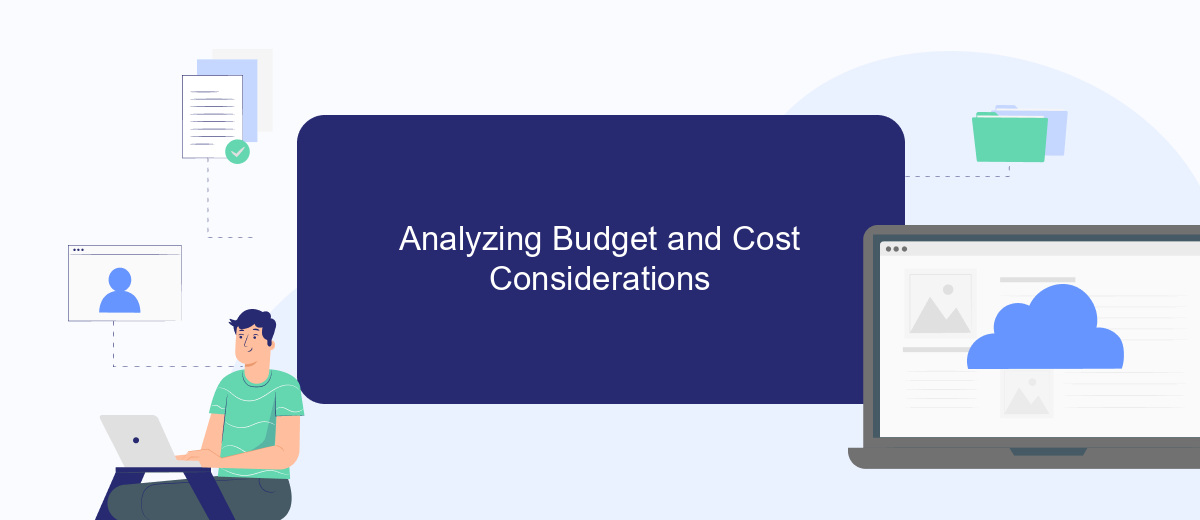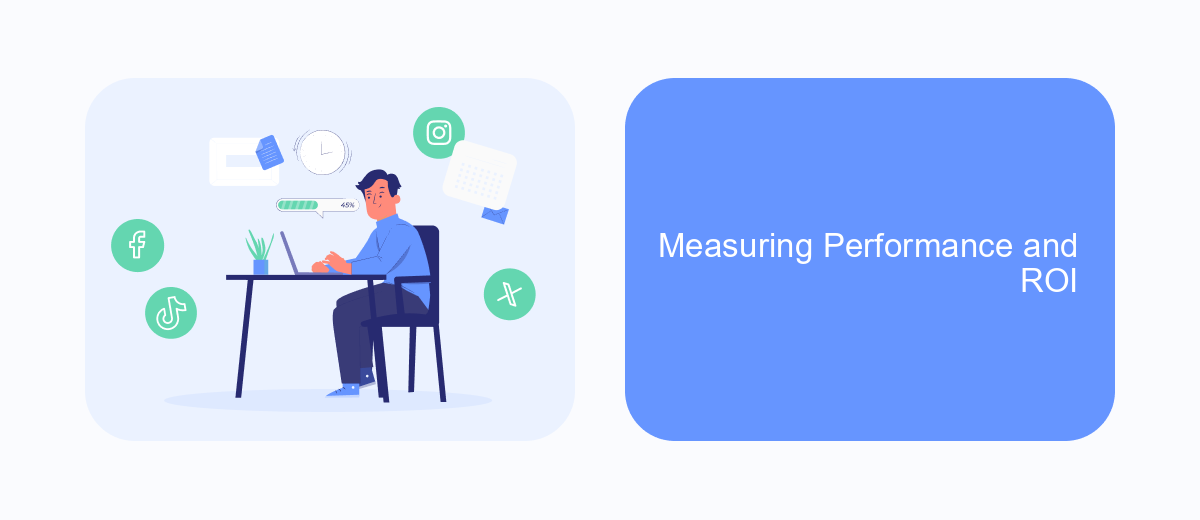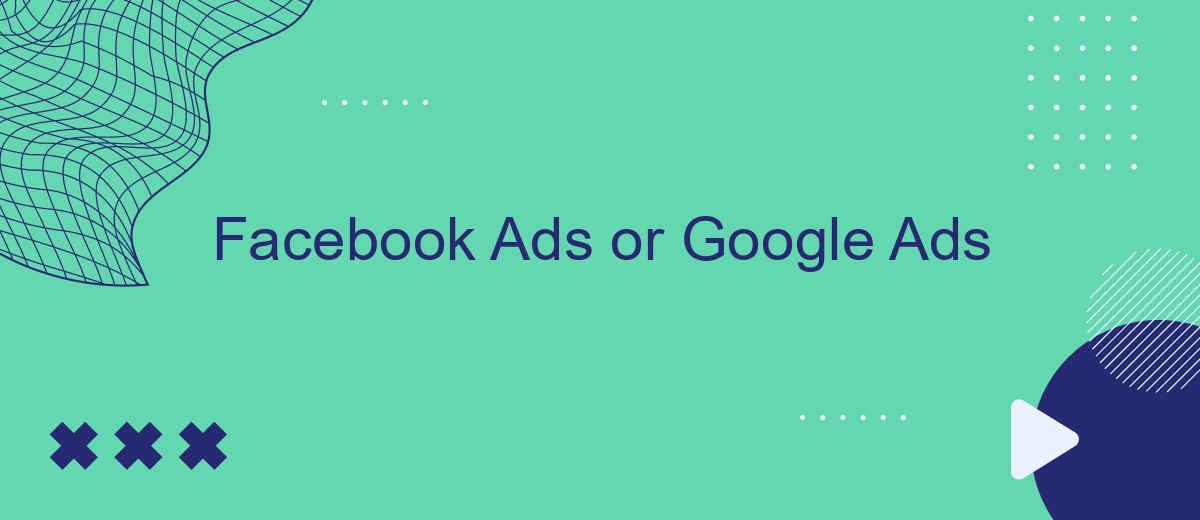In the ever-evolving landscape of digital marketing, businesses are often faced with the crucial decision of choosing between Facebook Ads and Google Ads. Both platforms offer unique advantages and cater to different marketing objectives. Understanding the strengths and limitations of each can significantly impact your advertising strategy, helping you reach your target audience more effectively and maximize your return on investment.
Understanding Your Target Audience and Marketing Objectives
Understanding your target audience and marketing objectives is crucial when deciding between Facebook Ads and Google Ads. Both platforms offer unique advantages, but their effectiveness largely depends on your specific goals and the demographics you aim to reach. Facebook Ads are often more effective for businesses looking to build brand awareness and engage with a broad audience through visually appealing content. On the other hand, Google Ads are better suited for capturing intent-driven searches and reaching users actively seeking products or services.
- Identify the demographics, interests, and behaviors of your target audience.
- Determine whether your primary goal is brand awareness, lead generation, or direct sales.
- Consider the type of content you plan to use: visual for Facebook, keywords for Google.
- Analyze the budget and resources available for your advertising campaign.
By clearly defining your target audience and marketing objectives, you can make an informed decision on which platform will best serve your business needs. This strategic approach ensures that your advertising efforts are aligned with your goals, maximizing the return on investment and driving meaningful results.
Comparing Ad Formats and Targeting Options

When comparing ad formats, Facebook Ads offers a variety of engaging options such as image, video, carousel, and slideshow ads, which are designed to capture users' attention within the social media platform. Google Ads, on the other hand, primarily focuses on search and display ads, utilizing text-based ads that appear in search results and display ads that show on websites within the Google Display Network. Each platform's ad formats cater to different user experiences, with Facebook emphasizing visual storytelling and Google focusing on intent-driven searches.
Targeting options also differ significantly between the two platforms. Facebook Ads leverages detailed user data, allowing advertisers to target audiences based on demographics, interests, and behaviors. This granular targeting can be particularly effective for businesses looking to reach specific consumer segments. Google Ads targets users based on keywords and search intent, making it ideal for capturing potential customers actively searching for products or services. For businesses looking to streamline their ad management and integrate leads, services like SaveMyLeads can automate the process, ensuring a seamless connection between ad platforms and CRM systems.
Analyzing Budget and Cost Considerations

When deciding between Facebook Ads and Google Ads, understanding budget and cost considerations is crucial for optimizing your advertising strategy. Both platforms offer unique pricing models and tools to manage your ad spend effectively. However, the choice depends on your business goals, target audience, and available budget. Below are some key factors to consider when analyzing costs for each platform.
- Cost Per Click (CPC): Google Ads typically have a higher CPC compared to Facebook Ads, due to its intent-driven search nature.
- Ad Auction Mechanism: Both platforms use auction systems, but Google Ads often require higher bids for competitive keywords.
- Budget Flexibility: Facebook Ads generally offer more flexibility for smaller budgets, allowing for lower minimum spends.
Ultimately, the most cost-effective platform depends on your specific marketing objectives and audience reach. Businesses aiming for high-intent keyword targeting might find Google Ads more beneficial despite the higher costs. Conversely, those looking for broader audience engagement and brand awareness may prefer Facebook Ads for its cost-efficiency in reaching large demographics. Carefully evaluating these aspects will help in making an informed decision that aligns with your financial and marketing goals.
Measuring Performance and ROI

When it comes to evaluating the effectiveness of Facebook Ads and Google Ads, measuring performance and return on investment (ROI) is crucial. Both platforms offer robust analytics tools that allow marketers to track key metrics and determine the success of their campaigns. Understanding these metrics is essential for optimizing ad spend and achieving business goals.
Facebook Ads provides insights into engagement, reach, and conversion rates, while Google Ads focuses on metrics like click-through rates (CTR) and cost-per-click (CPC). By analyzing these data points, advertisers can adjust their strategies to maximize ROI. It's important to set clear objectives and benchmarks to assess the performance accurately.
- Define clear goals for each campaign.
- Regularly monitor key performance indicators (KPIs).
- Utilize A/B testing to refine ad strategies.
- Adjust budget allocations based on performance data.
Ultimately, the choice between Facebook Ads and Google Ads depends on the specific needs and objectives of your business. By consistently measuring performance and ROI, you can make informed decisions that enhance your advertising efforts and drive better results. This strategic approach ensures that your marketing budget is used effectively, leading to higher returns.
- Automate the work with leads from the Facebook advertising account
- Empower with integrations and instant transfer of leads
- Don't spend money on developers or integrators
- Save time by automating routine tasks
Choosing the Right Platform for Your Business
Choosing the right advertising platform for your business can significantly impact your marketing success. Facebook Ads and Google Ads each offer unique advantages, and the choice depends on your specific business goals. If your aim is to reach a broad audience and engage potential customers through visually appealing content, Facebook Ads might be the better option. With its detailed targeting capabilities and creative ad formats, Facebook allows businesses to connect with users based on interests, behaviors, and demographics. This platform is particularly effective for B2C companies looking to build brand awareness and foster community engagement.
On the other hand, Google Ads excels in capturing intent-driven traffic. If your business targets customers actively searching for specific products or services, Google Ads can deliver highly relevant leads. Its pay-per-click model ensures you only pay for actual clicks, making it cost-effective for businesses with clear conversion goals. Additionally, integrating tools like SaveMyLeads can streamline your lead management process, automatically transferring data from your ads into your CRM. This integration helps optimize your marketing efforts, ensuring you efficiently follow up with potential customers, regardless of the platform you choose.
FAQ
What is the main difference between Facebook Ads and Google Ads?
How do I decide which platform to use for my business?
What is the cost structure for Facebook Ads and Google Ads?
How can I automate my ad campaigns on these platforms?
What are some best practices for creating effective ads on these platforms?
Would you like your employees to receive real-time data on new Facebook leads, and automatically send a welcome email or SMS to users who have responded to your social media ad? All this and more can be implemented using the SaveMyLeads system. Connect the necessary services to your Facebook advertising account and automate data transfer and routine work. Let your employees focus on what really matters, rather than wasting time manually transferring data or sending out template emails.

